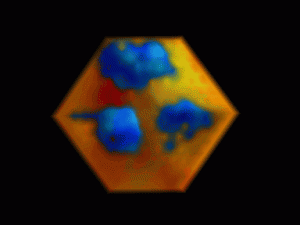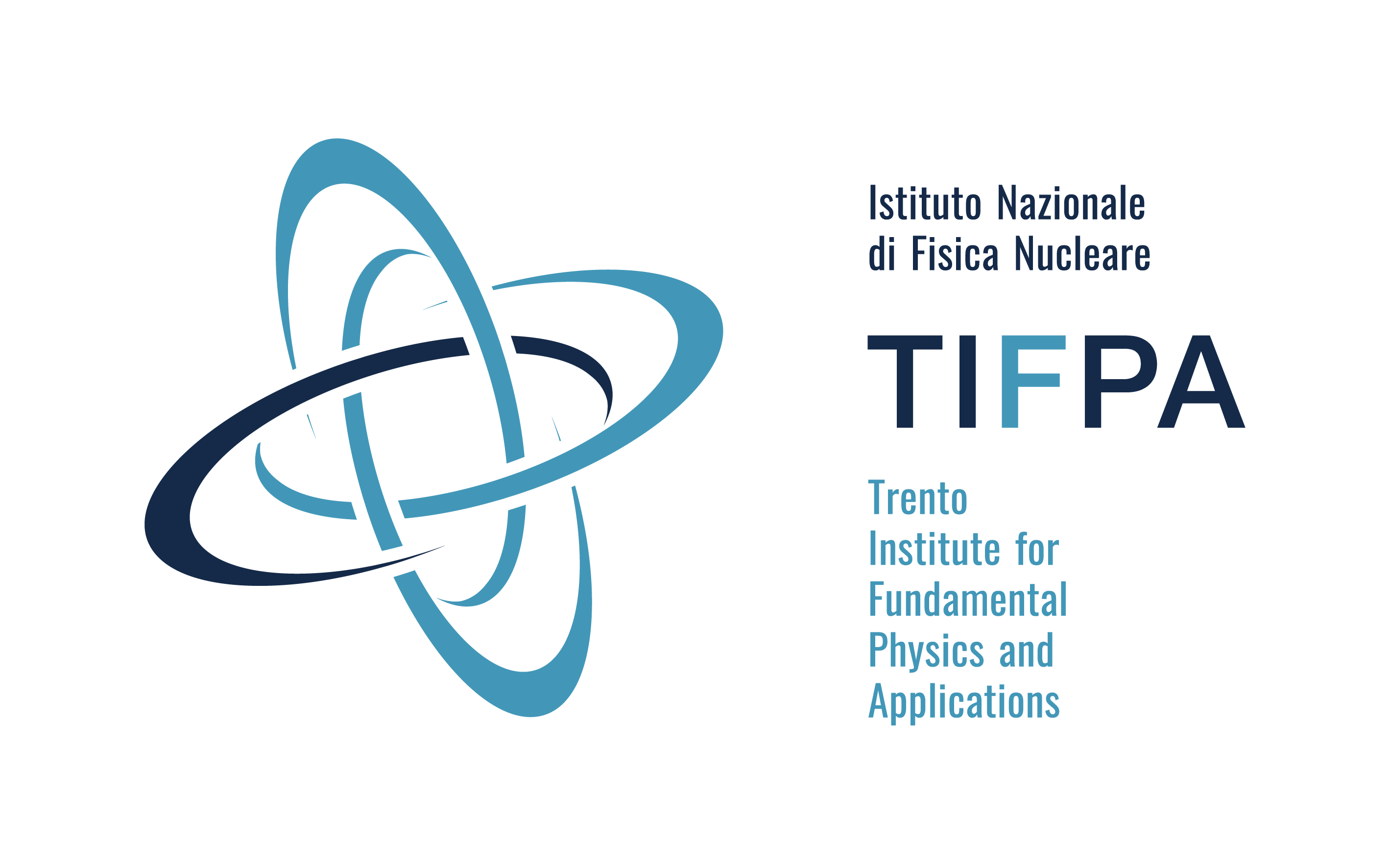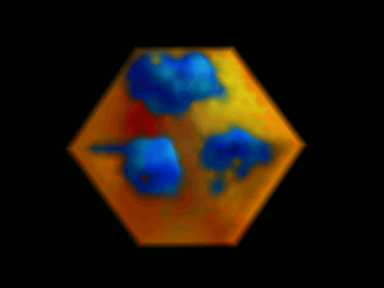NINPHA - National INitiative on PHysics of hAdrons
The NINPHA initiative concerns the study of the structure of protons, neutrons and other subatomic particles, held together by strong interactions.
Most of the experimental efforts which are made in order to shine light on the structure of these systems are based on bombarding them with high-energy electrons, neutrinos or photons, and studying the products of such collisions.
The TIFPA unit is involved in developing the theory to interpret the results of such experiments, by theoretically modelling the collision and comparing the predictions of model calculations with experiments.
The Science
The goal of the NINPHA project is to significantly improve our understanding of the 3-dimensional distribution of quarks and gluons inside hadrons, both in momentum and in configuration spaces. The nucleon is the most common element in the visible universe. It is made of quarks and gluons, collectively named partons, which are confined inside the nucleon by the strong force of Quantum ChromoDynamics (QCD). Understanding confinement from QCD is one of the most challenging problems of today. We do not know how the nucleon spin arises by composing the angular momenta of partons. Moreover, we are not able to precisely compare the spectrum of hadron resonances with all the colorless bound states predicted by QCD. Mapping out the inner structure of the nucleon in finer details is an essential step towards understanding confinement in QCD. At present, we have only a mono-dimensional knowledge. In elastic scattering, we study nucleon form factors. In Deep-Inelastic Scattering (DIS), Parton Distribution Functions (PDFs) map the momentum distribution of partons in one (longitudinal) direction. With the NINPHA project, we want to implement a multi-dimensional picture of the nucleon. We will study Transverse Momentum Distributions (TMDs), which directly generalize PDFs by delivering information also on the transverse components of the parton momentum. And we will study as well Generalized Parton Distributions (GPDs), which are hybrids between PDFs and form factors: they give access to the spatial distribution of partons and, consequently, to their angular momentum contribution to the nucleon spin. In the NINPHA project, we will systematically explore the properties of TMDs and GPDs by building effective models of QCD or by analyzing data when available. In the latter case, a reliable flavor decomposition requires the extraction of neutron data from effective nuclear targets, implying a detailed knowledge of nuclear effects both in the initial and final states.
The activity of the Trento node is focused on two well identified topics:
- study of charge and isospin symmetry violations using meson cloud models and light-cone quark wave functions, including QCD perturbative evolution at NNLO and charge symmetry violating QED effects;
- combining thermal and non-equlibrium quantum field theory formalism with numerical stochastic algorithms, the real-time dynamics has been investigated for heavy quarks propagating off thermal equilibrium. In particular, the problem of characterizing the formation and recombination of bound-states above the deconfinement phase transition has been considered. The role of topological gauge field fluctuations above the deconfinement temperature has also been explored.
TEAM
• INFN groups: Cagliari, Genova, Milano Bicocca, Pavia, Perugia, Roma, TIFPA, Torino
• Principal Investigator: Marco Radici (PV)
• INFN Project: CSN IV
• Duration: n/a
TIFPA Team
• Local responsible for TIFPA: Pietro Faccioli
• Involved TIFPA people: M. C. Traini, R. Leonardi
Images




